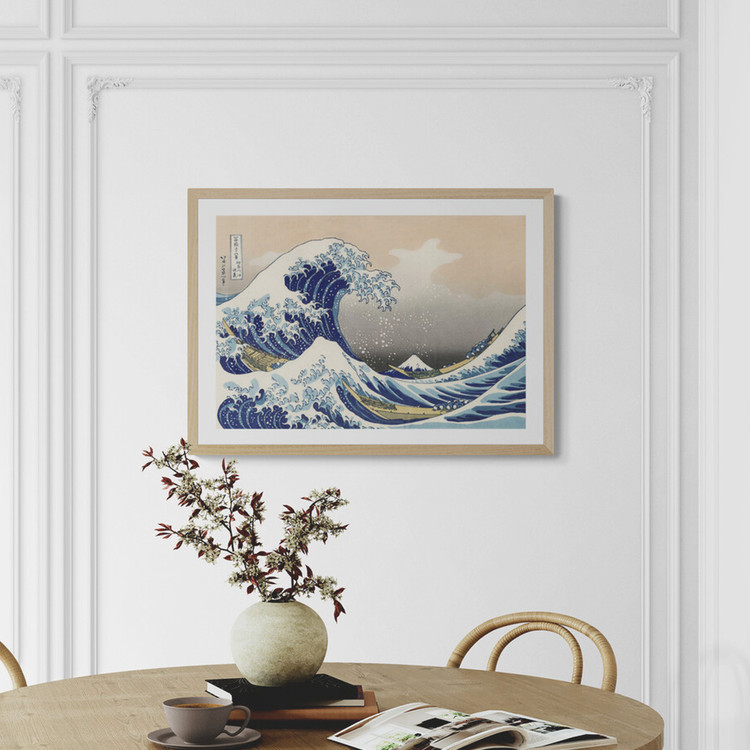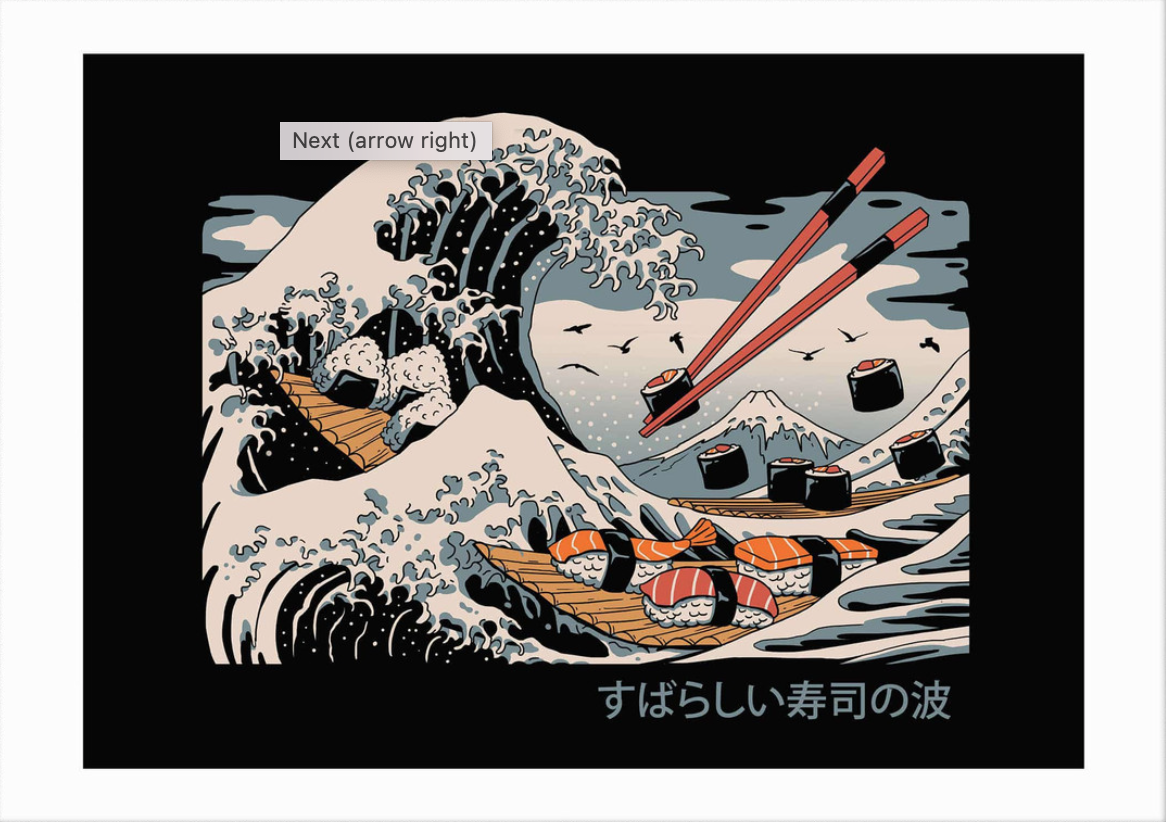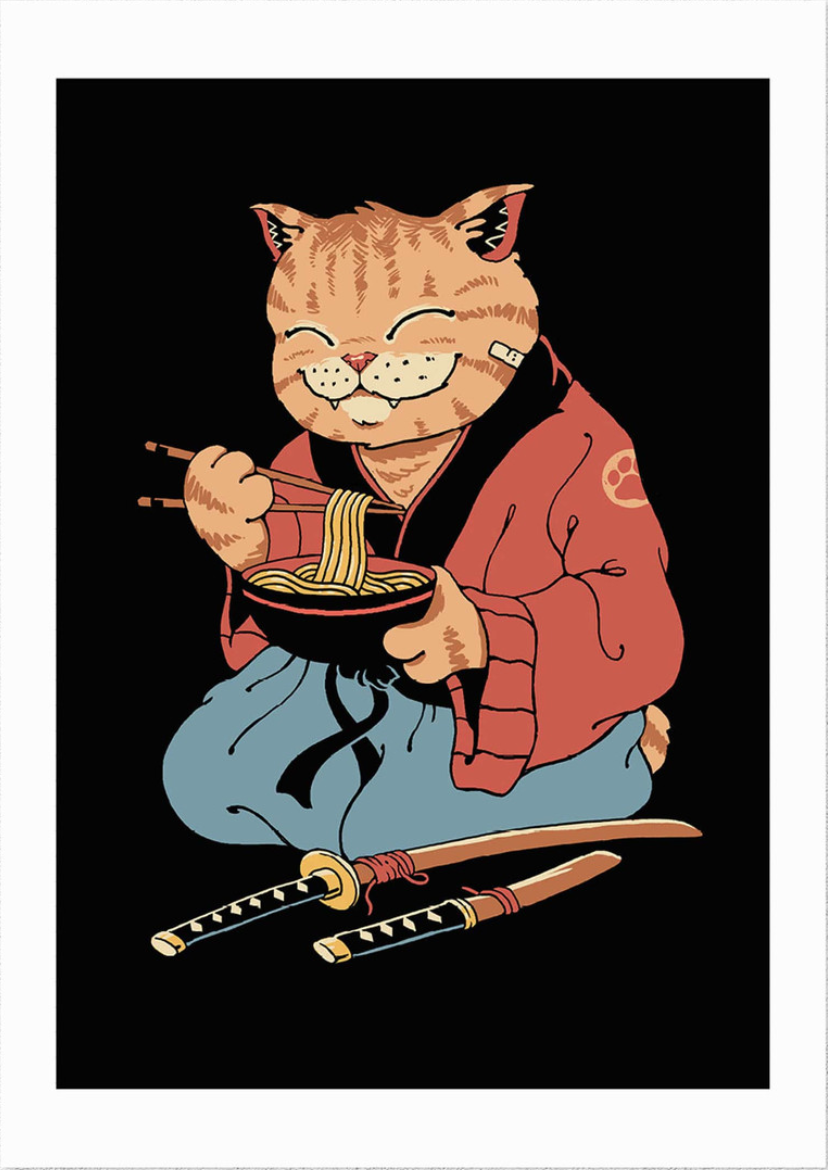Hokusai and the trends of Japanese art
Posted by East End Prints on 17th Jun 2025
Japan-inspired art has been a popular category for years, and it's not hard to see why. Right now we believe there's never been a better time to explore this stunning art form!
The Timeless Legacy of Hokusai
One of the most famous artists in Japanese history is Katsushika Hokusai. His iconic woodblock prints, like "The Great Wave off Kanagawa," are celebrated worldwide for their intricate design and timeless beauty. Hokusai's use of the traditional Japanese printing technique 'ukiyo-e' is a testament to his creative genius and continues to inspire artists today.
The Great Wave off Kanagawa
There is a lot of speculation around what 'The Great Wave' represents with people being drawn to the symbolism around water, waves and Mount Fuji. The eternal symbolism of Mount Fuji has been linked to the transformative element of the water and waves highlighting Hokusai's potential commentary on changing perspectives through the spiritual journey. There are other more literal interpretations of what Hokusai was trying to represent which comment more on the harsh seas around Mount Fuji and his observation of them. This iconic woodblock print made in 1831 transcends time and has artists of today still talking and feeling inspired.
Hokusai and Manga
Hokusai's influence doesn't stop there. Many believe he played a significant role in the creation of manga, the popular Japanese comic book style. His whimsical paintings and character designs were ahead of their time and still influence manga artists today.
Our retro illustration artist Vincent Trinidad is heavily inspired by Japanese woodblock prints - the same method used by Hokusai. Vincent illustrates perfectly the beautiful combination of traditional Japanese art styles with modern manga.
Japanese Art Themes
Japanese art is known for its rich mythologies and folklore, featuring themes like dragons, spirits, and nature. The elegant and soft styles of Japanese art balance the powerful elements of these myths, creating stunning pieces that capture the imagination
Jane McDevitt, aka Matchbox Labels, references 1950s and 1960s popular culture in her work, with many of her designs focusing on Japanese themes.
More contemporary Japan-inspired art can be seen from artists such as SHIO, who transcends the relationship between people and the Japanese cities they inhabit, translating their observations into pieces that are both nostalgic and modern at the same time.
Explore the rich history of Japanese art and discover the enduring power of Japan-inspired creativity.



